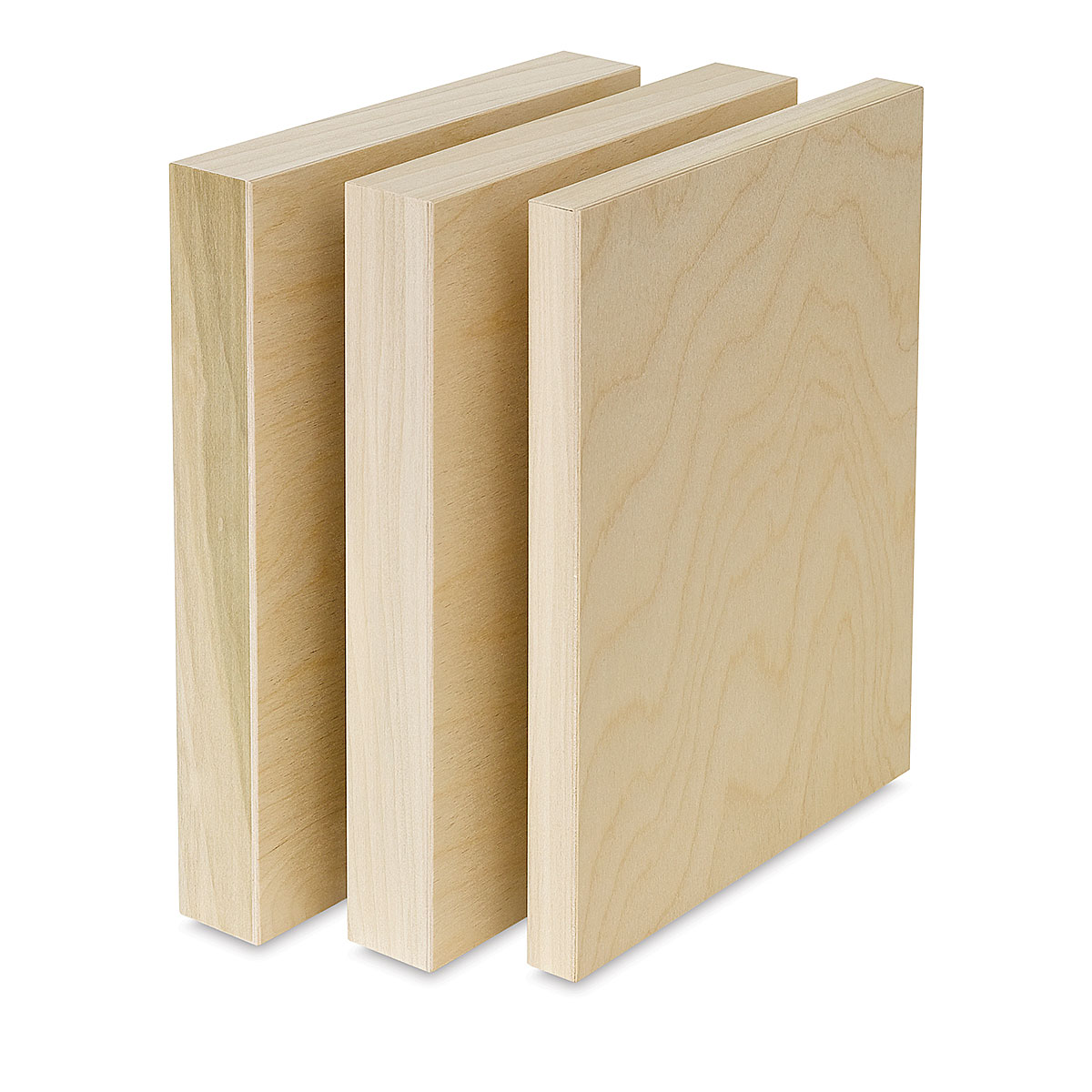Tips to Enhance Your Artwork on an Art Wood Panel for Painting

Art wood panels are a popular choice for many artists due to their durability, smooth surface, and ability to hold paint well. Unlike traditional canvas, wood panels provide a sturdier surface, allowing artists to create detailed works with various media, from acrylics to oils and mixed media. If you’re looking to elevate your artwork on wood panels, here are some useful tips to enhance your painting process and final result.
Choose the Right Type of Wood Panel
The first step in creating a successful artwork on a wood panel is selecting the right type of art wood panel for painting. There are several options, such as birch, plywood, and hardboard. Birch is a popular choice among artists for its fine grain and smooth texture, making it ideal for detailed work. Hardboard is another great choice, especially for beginners, due to its affordability and durability.
Make sure the wood panel is properly sanded and smooth to the touch, as rough surfaces can affect the quality of your painting. Some artists prefer to work on cradled wood panels, which come with a backing frame that prevents warping over time.
Prepare and Seal Your Wood Panel
Proper preparation of your wood panel is essential to ensure the longevity of your artwork. Wood is porous and can absorb paint and moisture, which might lead to discoloration and warping. To avoid these issues, seal your wood panel before starting your painting.
You can use a clear acrylic gesso or primer to seal the wood. Gesso creates a protective layer between the wood and the paint, preventing the wood from absorbing the paint and helping the colors stand out. Apply 2–3 layers of gesso, allowing each layer to dry completely before sanding it down for a smooth finish.
Plan Your Composition and Sketch Lightly
Before diving into painting, it's essential to plan your composition. The sturdy surface of a wood panel offers you more control when working with fine details and layers. Take time to sketch your ideas lightly on the surface. You can use a pencil or pastel to create a preliminary drawing, which will serve as a guide for your painting.
By sketching out your composition, you avoid mistakes later on in the process and ensure that your design is well-balanced. Make sure not to press too hard while sketching, as this could indent the wood and affect your final artwork.
Experiment with Layering Techniques
One of the significant advantages of working on a wood panel is its ability to handle multiple layers of paint without distorting or warping. This makes it perfect for artists who enjoy working with layering techniques.
Start with thin layers of paint, gradually building up the intensity of your colors. Acrylic paints, for example, dry quickly and allow you to create transparent layers that add depth to your painting. Oil paints take longer to dry but can offer richer textures and more vibrant colors.
Consider the Natural Wood Grain in Your Art
One of the most beautiful features of working on a wood panel is the natural grain of the wood. Instead of covering it entirely with paint, you can incorporate the wood grain into your composition. The texture and pattern of the wood grain can add a unique element to your painting, giving it an organic feel.
You can either leave certain areas of the panel exposed or apply a transparent layer of paint to allow the grain to show through. This technique works particularly well for abstract or minimalist pieces, where the wood itself becomes part of the overall design.
Protect Your Finished Artwork
After investing time and effort into your painting, it’s crucial to protect your finished artwork to ensure it lasts for years. Once your paint has fully dried, apply a protective varnish to seal your work. Varnish not only protects your painting from dust, dirt, and UV light but also enhances the colors and provides a professional-looking finish.
There are various types of varnish available, including matte, gloss, and satin. Choose one based on the final look you want for your painting. Make sure to apply the varnish in thin, even layers, and allow each layer to dry before adding another.
Conclusion
Enhancing your artwork on a wood panel involves careful preparation, thoughtful composition, and the right techniques. By selecting the right type of wood, sealing the surface, experimenting with layers, and protecting your work, you can create stunning and long-lasting pieces. Embrace the natural qualities of the wood and enjoy the process of creating art on a surface that offers endless possibilities.
- Industry
- Art
- Causes
- Crafts
- Dance
- Drinks
- Film
- Fitness
- Food
- Games
- Gardening
- Health
- Home
- Literature
- Music
- Networking
- Other
- Party
- Religion
- Shopping
- Sports
- Theater
- Wellness
- News


